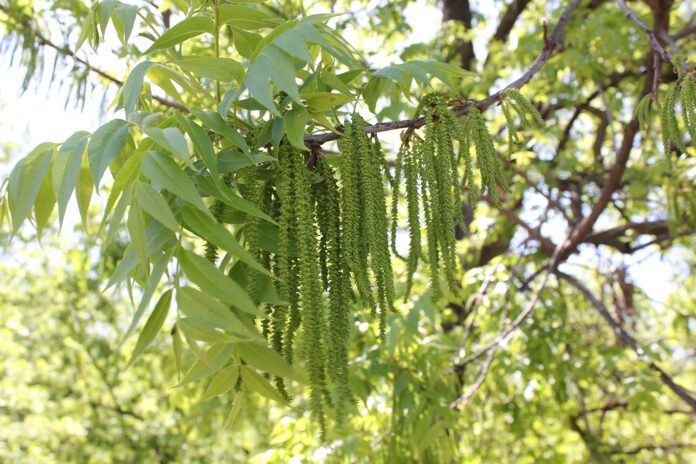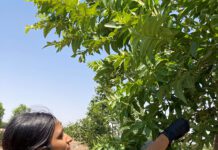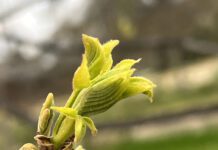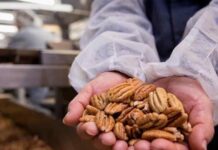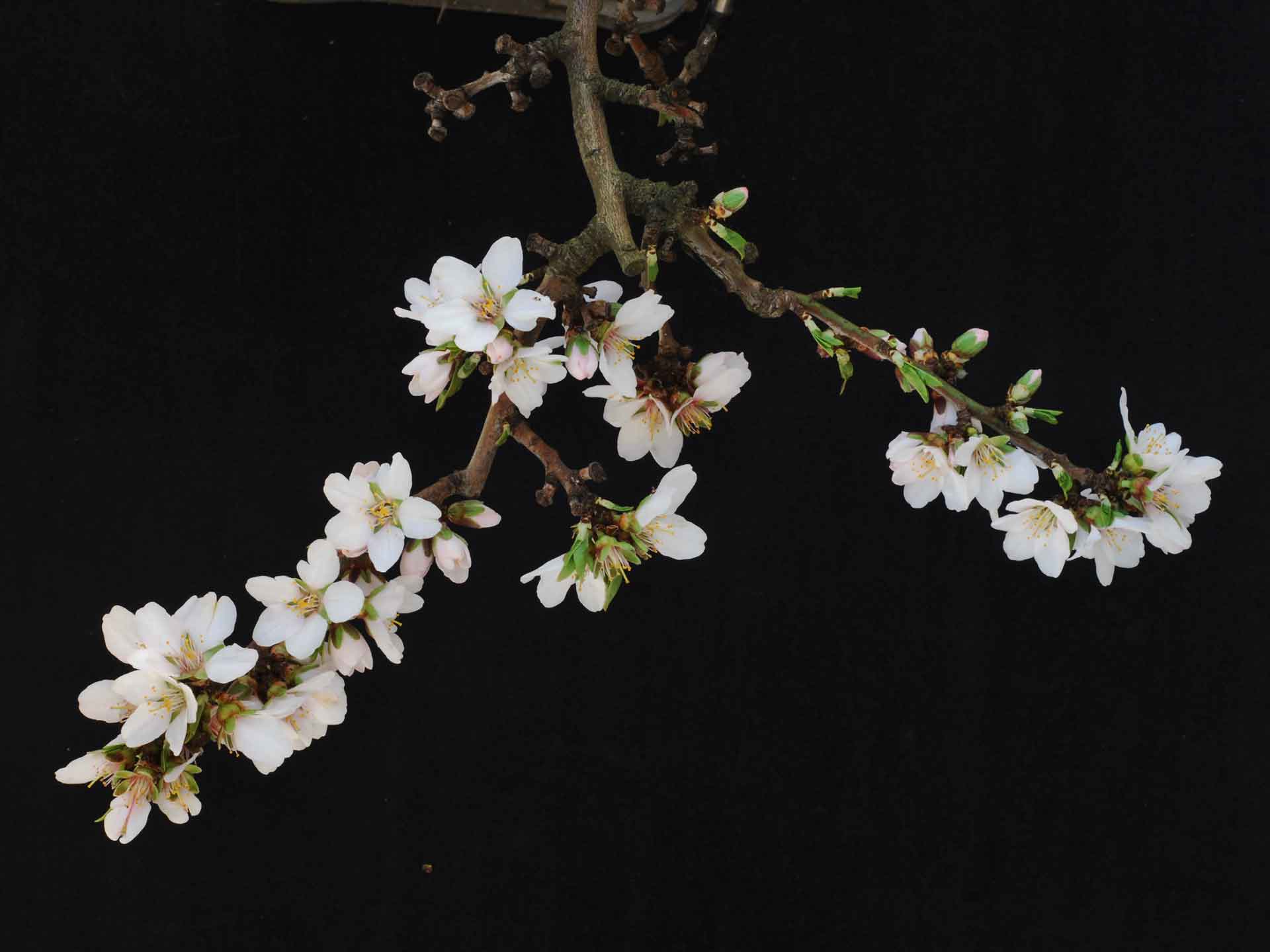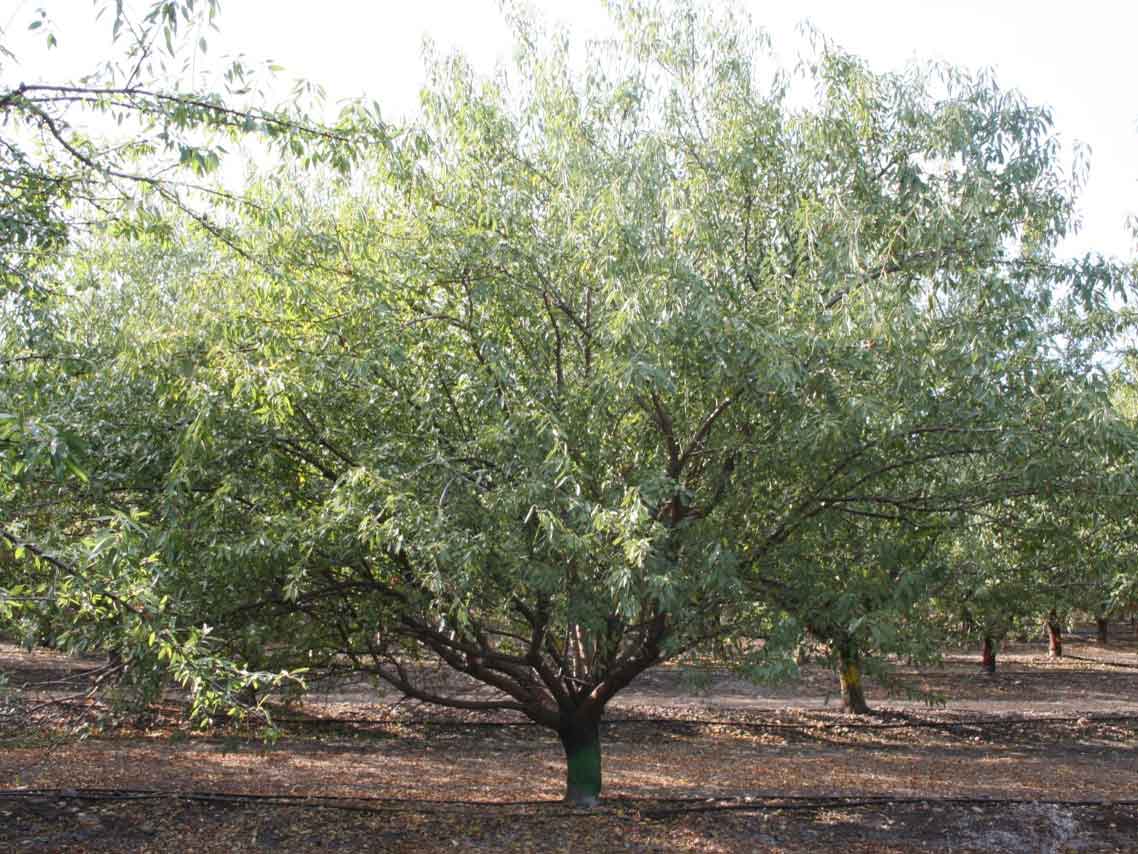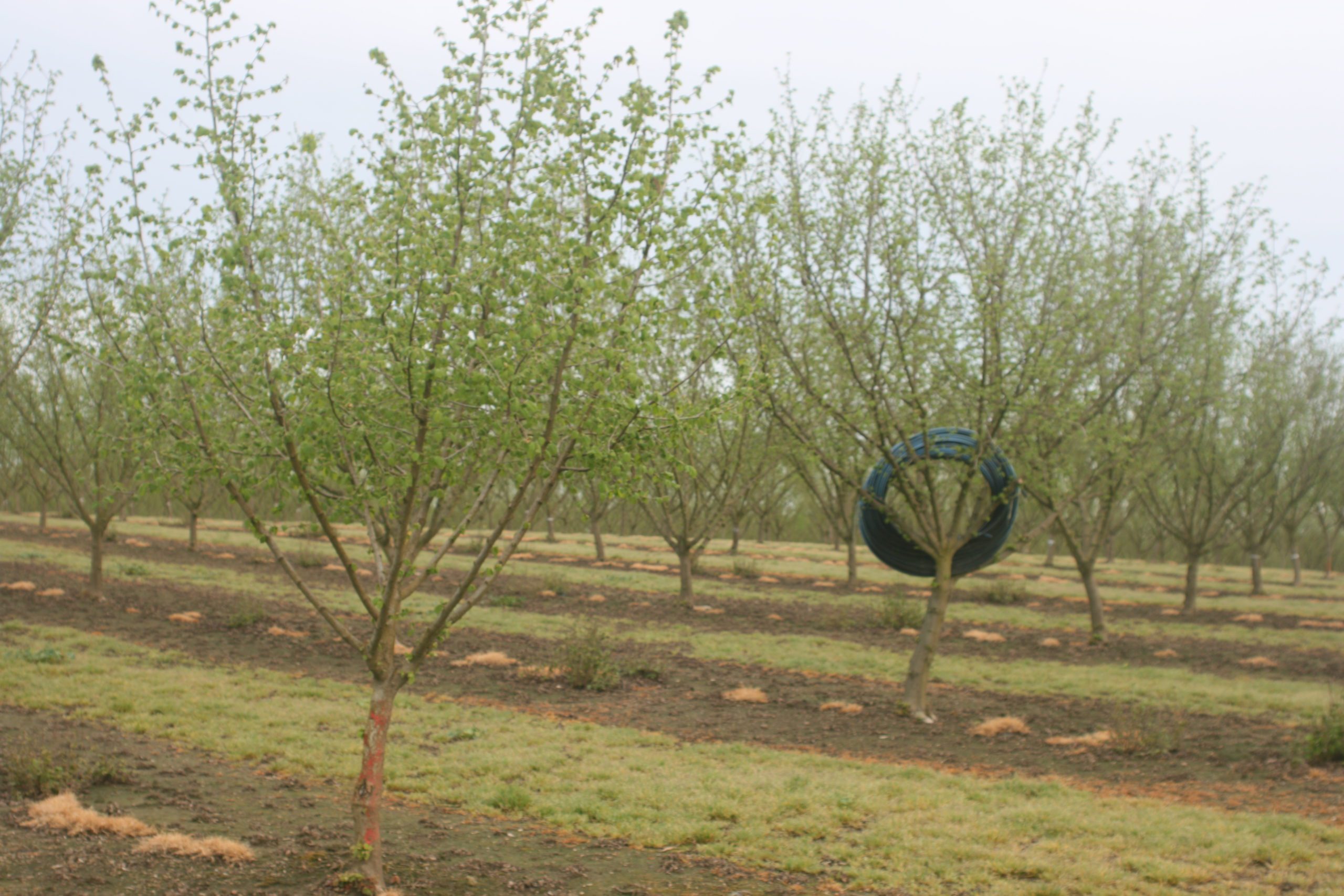In a Nutshell: Listen to the Summary
California is a relatively small player in pecan production compared to Texas and New Mexico, but California growers say there is the opportunity to diversify their tree nut acreage by planting pecans. But before that can happen there are short-term challenges that must be resolved.
Pecan orchards are typically much smaller than almond or pistachio plantings and are found throughout the Central Valley. California’s pecan acreage is currently holding steady at about 5,000 acres.
A primary challenge for California pecan expansion is the availability of new planting material. Linwood Nurseries, the La Grange-area nursery that has been supplying pecan trees for commercial production, announced on its Facebook page it is closed to the public until further notice. This leaves current and prospective growers with few options for new orchards or even replants.
Karlene Hanf, president of the California Pecan Growers Association, said to expect a planting lull for the next three years before any commercial production of pecan trees resumes.
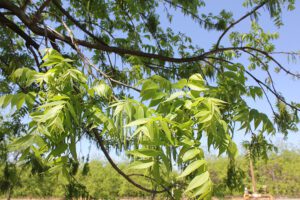
“It takes a few years before a nursery can produce trees for commercial plantings, they have to build a budwood orchard, have rootstocks, it is a process,” Hanf said.
California laws restrict importation of pecan trees from other states due to pest and disease concerns. She said anyone attempting to bring in trees without certification that they are pest-free puts the entire California industry in jeopardy. The cost of certification may be too high to justify importing trees from other states. The two main pecan pests, the case borer and pecan weevil, are not found in California, but they are significant pests in other pecan growing states.
Hanf estimated if another nursery begins pecan tree propagation, it will be at least 2028 before nursery trees are available.
Positives of Planting Pecans
Mark Hendrixson, who manages Curtis Mountain Farming’s pecan acres in Orange Cove and is a CPGA board member, said there are good reasons for planting pecans. They offer an opportunity to diversify tree nut production, and can handle tougher ground conditions than almonds or walnuts. They don’t share the same harvest window as other tree nuts.
“Other tree nuts can’t handle wet ground for long periods, where pecans will thrive,” Hendrixson said. “On tougher soil, pecans are a tree nut option.”
A drawback of pecan production is the trees’ tendency to develop alternate bearing, but Hendrixson said hedging and topping along with a good nutrition program can even out the high and low production years. Researchers have presented genetic solutions for alternate bearing in other nut crops, and pecans need that leap at the tree level to push production forward, he noted.
Hendrixson said California growers don’t have the serious insect pests that plague pecan growers in other states, but they have to contend with aphids during the growing season. Aphid infestations can cause nut damage and affect tree health. The pecan industry has lost some chemical tools for aphid control and Hendrixson said they are waiting for DPR registration of a new control product. Hanf said biocontrol of this pest is possible if softer chemicals are used when aphid populations flare.
Hanf stressed that a comprehensive nutrition program plays an important part in pecan yield, quality and tree health. Relying on nitrogen applications overlooks other critical nutrients needed by pecan trees. Potassium and zinc are important for production, but Hanf noted nickel deficiency is fairly common in pecan production. This deficiency can lead to a condition called mouse ear, where spring foliage can be sparse.
“Nickel is what keeps the nutrients in balance,” Hanf said.
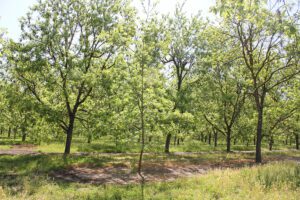
Hedging and topping are needed to even out year-to-year yields, also those practices are important to allow for sunlight penetration to the lower branches, an important consideration in large, mature pecan trees.
Nav Athwal with Tri-Nut Farms grows almonds and pistachios in California but chose to plant pecans in Arizona. He claims pecans are less costly to grow than almonds as they require no pollination, have no fungal diseases and aren’t plagued by navel orangeworm or Carpophilus beetles. Cost per acre to grow pecans is 25% less than almonds, he said.
He said Arizona looked to be a more favorable site with better processing infrastructure and less chance of rain during harvest than California’s Central Valley.
Athwal said he believes pecan prices paid to growers will improve going forward, and that will spur investment in hulling and processing facilities.
Hanf said currently the only commercial pecan sheller is H&H in Visalia. Northern California Pecans in Corning provides pecan hulling and drying. Their inshell processing includes sizing, bagging and domestic and international marketing.
Expanding markets
News of expanding markets, new products and positive press about the nutritional benefits of pecan consumption comes from the American Pecan Council.
Anne Warden, CEO of American Pecan Council and American Pecan Promotion Board, said China has historically been the largest buyer of pecans, but marketing efforts have been strong in Europe. India, currently a small market for U.S. pecans, presents an opportunity for expansion, Warden said.
17 states produce pecans, but production dropped by 30 million pounds in 2024 due to loss of Georgia’s pecan crop caused by Hurricane Helene. Not only were mature trees lost, but vital infrastructure was damaged, Warden noted. The loss of trees due to extreme weather will also impact yields in southern states over the next several years.
Nutrition research and new products using pecans are bright spots for the industry. A Penn State Department of Nutritional Sciences study showed switching daily snack foods to pecans improved cholesterol levels and enhanced overall diet quality. Participants in the study who ate pecans in lieu of their usual snacks demonstrated reductions across cholesterol measurements linked to poorer heart health compared to those that did not snack on pecans. Additionally, diet quality, as measured by adherence to the Dietary Guidelines for Americans, was 17% higher at the conclusion of the study for participants who consumed pecans. Results of the study were published in American Journal of Clinical Nutrition.
Warden said pecans are also making their way into other snack products. One example is the Snickers candy bar with pecans.

Cecilia Parsons
Cecilia Parsons has lived in the Central Valley community of Ducor since 1976, covering agriculture for numerous agricultural publications over the years. She has found and nurtured many wonderful and helpful contacts in the ag community, including the UCCE advisors, allowing for news coverage that focuses on the basics of food production.
She is always on the search for new ag topics that can help growers and processors in the San Joaquin Valley improve their bottom line.
In her free time, Cecilia rides her horse, Holly in ranch versatility shows and raises registered Shetland sheep which she exhibits at county and state fairs during the summer.






